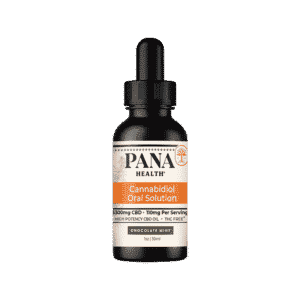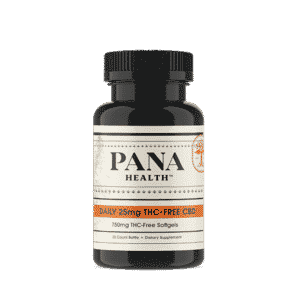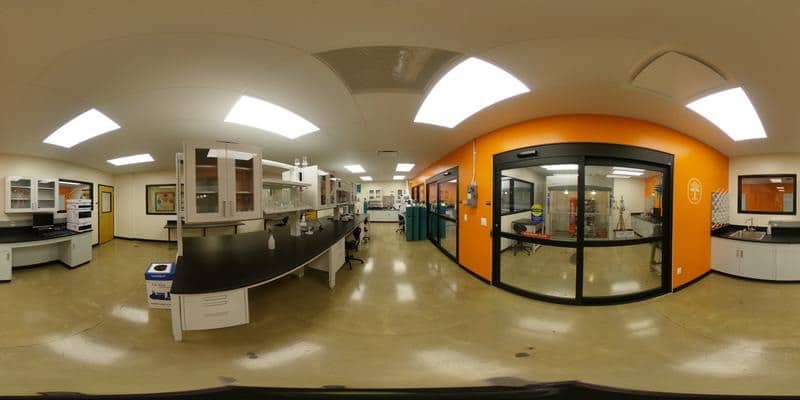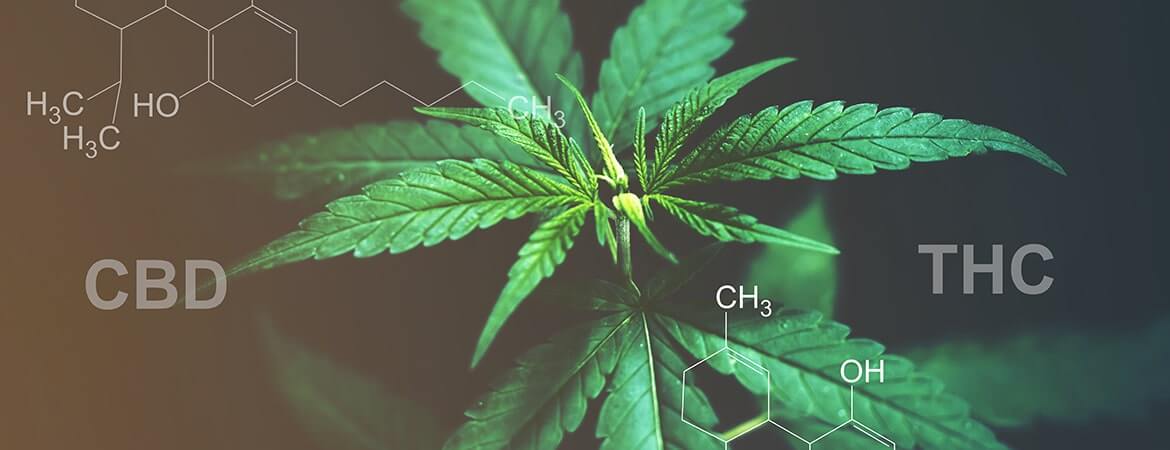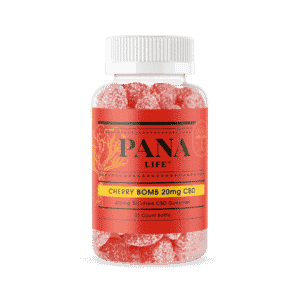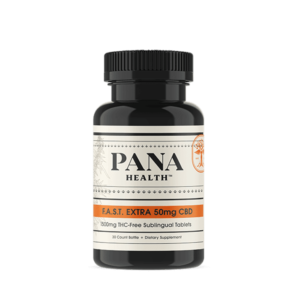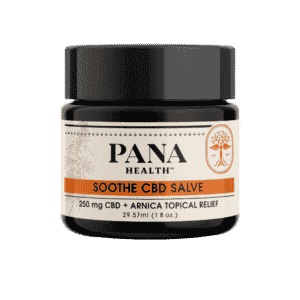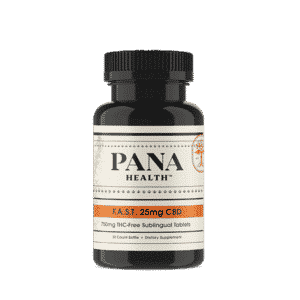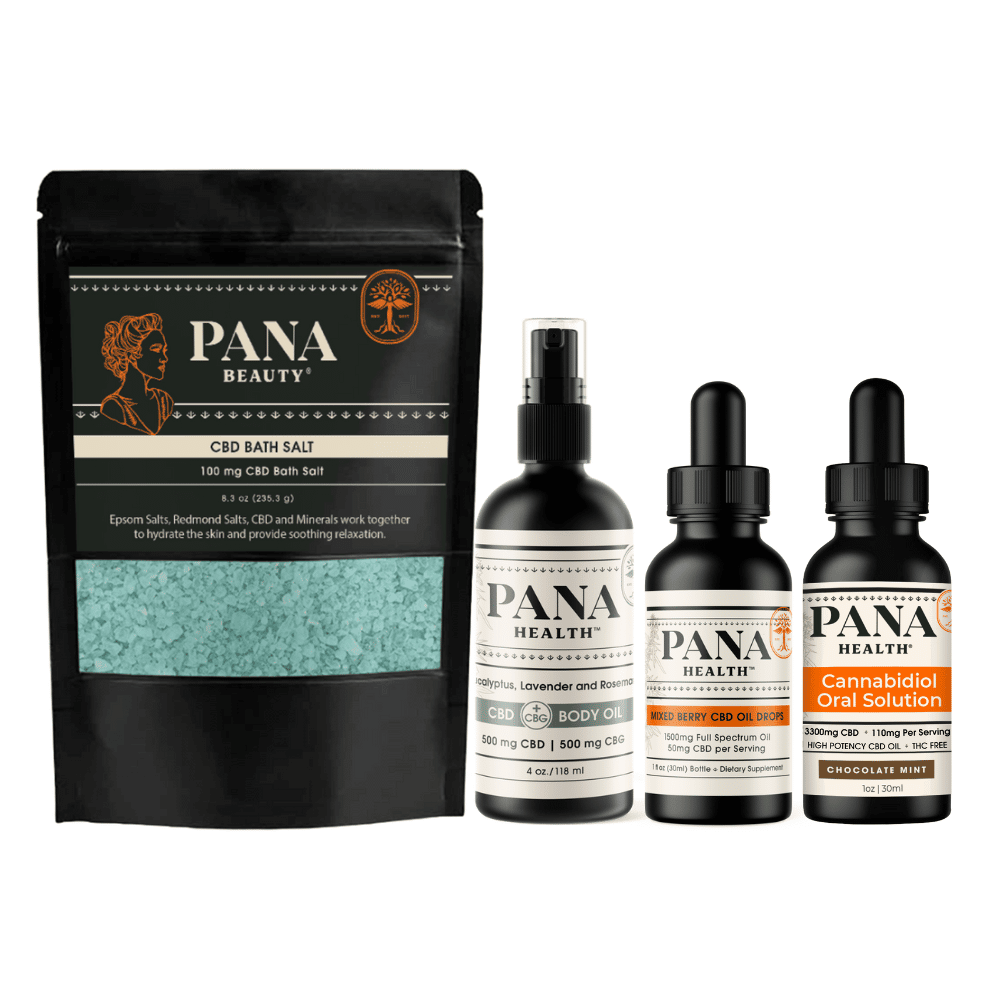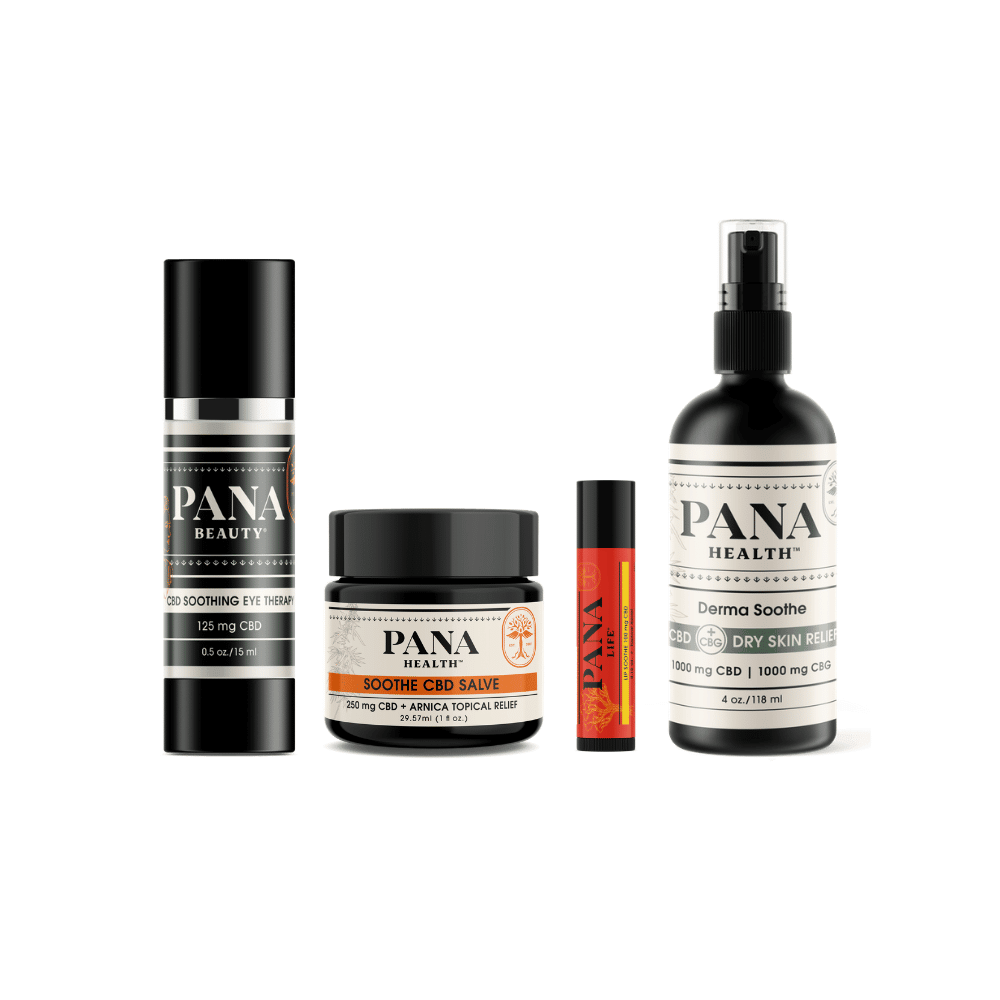There’s no denying that CBD has become quite popular in recent years. Volumes of additional research is continually being released, showing the powerful health benefits that CBD drip contains.
Various medical studies from 2019 have been published showing how cannabidiol (CBD) may be able to aid those seeking relief from a number of ailments:
CBD is one of the fastest-growing natural health and wellness trends in health, giving Cannabis a new name. What was once seen as “the evil weed” Cannabis, more specifically industrial hemp, is now viewed in a more positive light. CBD from Hemp contains a myriad of reported health benefits and is able to help those struggling with various ailments. CBD, unlike recreational Marijuana, doesn’t contain the mind-altering “high” effect that Marijuana has, making it even more popular.
When the CBD market first took off, the main method of consumption was through a concentrated oral solution containing CBD oil. These solutions are typically referred to as tinctures but typically differ from tinctures in that the CBD oil is not solubilized in alcohol. In addition to “tinctures” there are now dozens of CBD consumption methods available offering users a wide variety of options depending on their needs.
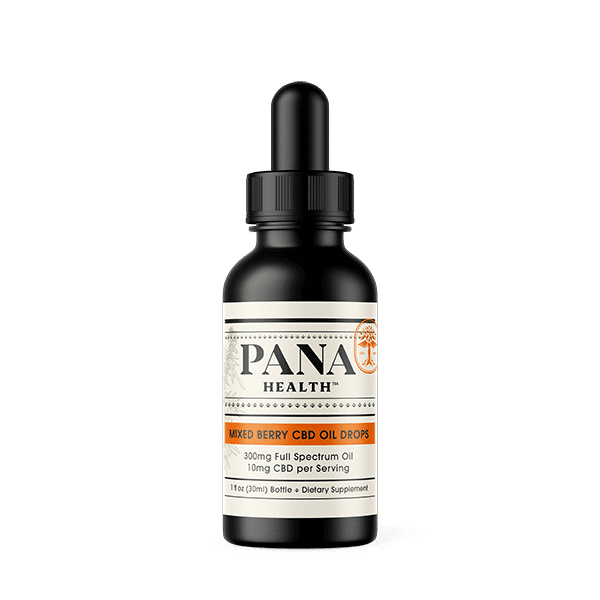
Today, we’ll look at two of the most common CBD products: CBD tinctures and CBD drips. We’ll explain what they are, how to use them, the pros and cons, and how they compare so you may make an informed choice about which one is best for you.
What is CBD?
First things first, what is CBD?
CBD is short for cannabidiol, which is a naturally occurring compound found in both Marijuana and Hemp. Hemp is a variety of the Cannabis plant (Cannabis sativa L.) that is characterized by its low tetrahydrocannabinol (THC) content, <0.3%. CBD is one of over 113 different chemical compounds (called cannabinoids) in Hemp. CBD is well known for its reported therapeutic properties and has grown in popularity as a natural health alternative in recent years.
Unlike tetrahydrocannabinol (THC), its famous cannabinoid cousin, CBD isn’t psychoactive. This means that CBD won’t make you high, as THC would.
CBD is manufactured by extracting the compound from the Hemp plant in a concentrated form. It is then consumed most commonly through CBD oils and edibles to help reportedly relieve a number of symptoms associated with pain, depression, anxiety, epilepsy, inflammation, and insomnia.
The Confusing World of CBD Product Names
CBD research started in earnest in the 1980s. Although the CBD market has evolved dramatically over the past ten years, it is relatively new and growing rapidly. Due to this rapid growth, there are various CBD product names and definitions that may cause confusion.
As popular as CBD has become in recent years, there is still some misinformation and confusion about how to consume CBD products.
CBD Common Names & Aliases
While there are a number of different ways to consume CBD products, here are a few of the most common forms, along with their various nicknames.
- CBD Tincture: CBD oil, CBD drops, CBD oil tincture.
- CBD Wax: These come in a variety of forms: CBD shatter, CBD butter, CBD crumble, CBD live resin.
- CBD Capsule: CBD soft gel.
- CBD Pill: CBD tablet.
- CBD Creams: CBD rubs, CBD lotions.
- CBD Edibles: These come in a variety of forms, though the most popular is CBD gummies.
- CBD Drip: CBD vape liquid, CBD e-liquid, CBD vape juice, CBD distillate, CBD vape oil, CBD e-juice.
- CBD Flowers: CBD bud, CBD buds, Hemp buds, Hemp flowers
Every CBD product has its advantages and disadvantages, so it’s best to make sure you research each one thoroughly before making a decision.
CBD Isolate vs. Full-Spectrum CBD vs. Broad-Spectrum CBD
Once you pick your CBD product, there’s another major consideration you’ll have to make. Should you choose CBD isolate, Full-Spectrum CBD, or Broad-Spectrum CBD?
- CBD Isolate: This is the purest form of CBD, made by extracting it from the Hemp plant and removing all terpenes, flavonoids, and other cannabinoids (like THC) meaning there is no high effect. It is >99% pure CBD.
- Broad-Spectrum CBD: This form of CBD contains CBD along with every terpene, flavonoid, and chemical compound. Broad-Spectrum has the THC removed, which eliminates any possibility of the product producing a high effect and minimizes the possibility of testing positive for THC. This is the most confusing category of CBD because there are several definitions of this category of CBD products. Panacea Life defines this category as a distillate product with no detectable THC.
- Full-Spectrum CBD: This form of CBD contains every phytocannabinoid from the Hemp plant (including THC), as well as terpenes and flavonoids. Full-Spectrum CBD will contain less than 0.3% THC, which is low enough that you won’t get high as you would if you consumed Marijuana.
By understanding the different types of CBD products, you will be able to pick the one that best suits your unique preferences. Let’s dive into the differences between CBD drip and CBD tinctures.
CBD Drip vs. CBD Tincture Overview
CBD tincture refers to any liquid CBD oil product designed specifically to be taken orally. You may take CBD tinctures in the form of drops underneath your tongue (sublingual) or spray them in your mouth (CBD sprays).
In the CBD world, CBD tincture and CBD oil are used interchangeably as they mean the same thing. CBD drops is another name for the product. By definition, a tincture would have the CBD oil dissolved in alcohol for oral delivery.
CBD drip refers to any liquid CBD product designed specifically to be used in a vaporizer. Other aliases include CBD vape oil, CBD e-liquid, CBD vape juice, CBD distillate, and CBD e-juice.
CBD Drip: A Small Overview
We’ll start with CBD drip or CBD vape oil.
Typical vape oil, or e-juice, is crafted by using a thinning agent with the CBD extract. It’s usually made from vegetable glycerin, propylene glycol, and natural flavorings. In the case of CBD drip, a healthy dose of CBD is added to create a CBD product crafted for vaporizers.
CBD drip is made thin enough, so it flows easily through vape pens or e-cigarettes. The liquid is heated to the point of vaporizing and then inhaled through the end of the vape pen.
CBD drip should not have any other additives, which means the ingredients are non-toxic. Even though CBD drip is made to be used in vaporizers, you could technically ingest it orally as you would a CBD tincture without any nasty side effects. However, just because you may ingest it orally, doesn’t mean it’s the best way to consume it.
CBD Drip May Not Be the Best Option
While vaporizing, or “vaping” CBD drip has been shown to offer quick delivery of CBD to the body, the positive benefits from CBD does not effectively last very long with this delivery method.
Vaping CBD drip has also shown to help those quit smoking cigarettes. A 2013 study at the University College London looked at the possibility that vaping CBD drip could help someone addicted to smoking quit their addiction.
Out of 24 smokers test patients, 12 were given a placebo, while 12 were given a vaporizer that contained CBD. Throughout the study, smokers were told to use their vaporizer whenever they had the urge to smoke cigarettes. They weren’t told to stop smoking or cut down on their intake.
After the study, the 12 who had taken the placebo reported no changes in the number of cigarettes they smoked. However, the 12 smokers that received CBD saw a 40% reduction in the number of cigarettes smoked. A follow-up study also found that some maintenance in reduction among participants.
Vaping benefits may come at the price of deleterious health effects. Recently there have been numerous reports in health risks associated with vaping, especially products manufactured without proper quality controls and testing.
Potential Risks of CBD Drip
CBD drip could offer a quick and effective alleviation of a range of different symptoms, but as mentioned above, there are still some risks that come along with the method. In most cases, while vaping has been shown to be a safer alternative to smoking, the CBD vaping industry is a relatively new market, and researchers are still trying to determine the safest way to consume CBD.
In recent years new observations about immune cells being compromised or increased susceptibility in the lungs for pneumonia have started cropping up in consumers utilizing vape pen CBD drip, or CBD vape oils are designed to be used in vape pens or e-cigarettes. There is evidence that vape pens and e-cigarettes may cause reduced flexibility or stiffness in the lungs of some individuals, which is something to take note of.
There have also been a number of recent reports of vape related lung injuries throughout the United States, which has been a growing concern around the safety of using vaping products.
Based on the research regarding the safety concerns of using CBD drip in a vape pen or e-cigarette, we don’t recommend its use unless absolutely necessary in the short term to transition off of cigarettes or Marijuana. There are a variety of other CBD products that have not shown any risk of impacting the lungs like CBD tinctures, capsules, soft gels, creams, and edibles, which are much safer.
If you do plan on using CBD drip in a vaporizer, you should do thorough research on the company you choose to purchase from. Ensure the products have been carefully lab tested by a third party. You should also make sure you consult your doctor if you intend to use CBD drip in a vaporizer.
CBD Tinctures
CBD tinctures are the “traditional” form of using CBD to provide potential relief. They combine concentrated, extracted CBD with a carrier oil like coconut oil, Hempseed oil, or olive oil Using a CBD tincture has been widely reported to be an effective method for taking CBD, approximately twice the amount that is absorbed by oral capsules.
Manufacturers commonly extract CBD from the Hemp plant by incubating hemp flowers in high-proof grain alcohol to allow the hemp oil to be solubilized, then the alcohol removed through heating this extraction process allows for the hundreds of other active compounds found in Hemp plants to permeate in the alcohol before being removed.
Another form of CBD extraction from the Hemp plant is through the use of carbon dioxide (CO2 extraction). This process involves incubating the hemp flower with CO2 that has been converted to liquid through high pressures and low temperatures. Similar to alcohol extraction, the hemp oil is solubilized into the liquid CO2. The CO2 is then allowed to evaporate into a gas, similar to dry ice, and the gas captured for future extraction. This leaves a CBD extract that does not have any residual solvents concentrated CBD extract is then placed in a carrier oil along with natural flavors to be easily absorbed in the body by taking it orally.
CBD tinctures are most commonly ingested by placing drops under the tongue (sublingual) for quick absorption into the bloodstream, providing rapid relief. They may also come as a CBD spray that may be sprayed into the mouth, though these are less common. CBD tinctures could also be used as an ingredient in many cooking and baking recipes.
While CBD drip may technically be used for either vaping or ingesting orally, CBD tinctures don’t work the same way. CBD oils are only meant to be taken orally. CBD oils should never be placed into a vape pen or e-cigarette. Attempting to vaporize CBD tinctures could be harmful and will also likely result in damaging the vape pen or e-cigarette.
Health Benefits of CBD Tinctures
CBD tinctures have been a very popular form of CBD simply because it’s the easiest method for taking CBD. It doesn’t require any heating or any tool and may be consumed in seconds. Plus, it’s either tasteless or a minor flavoring is added for a pleasing experience.
It could also be consumed at home or on the road. But what are the health benefits?
Since CBD tinctures contain high concentrations of CBD, they may relieve symptoms in as little as thirty minutes after ingestion without having to consume a high volume of the product. According to a number of studies, here are a few of the ways CBD tinctures could provide relief:
While CBD has been shown to be non-addictive, it’s interesting to note that CBD tinctures may help reduce addiction to Marijuana, along with a variety of other addictions.
CBD Dosage
CBD tincture dosage is quite simple. While each CBD tincture may have different levels of CBD in them, each bottle of CBD oil should state the total amount of CBD in the bottle and state the CBD quantity per dropper, making it easy to measure how much you’re taking with each drop of oil.
Possible Risks of CBD Tinctures
CBD tinctures are derived from CBD extract and combined with a carrier oil, and possibly natural flavorings, meaning there should not be any toxic properties when manufactured by a responsible and ethical company, such as Panacea Life Sciences. Since the tincture is simply ingested, not vaporized or smoked, there hasn’t been shown any risk of lung injury.
While research has shown CBD tinctures to have little if any side effects, it’s always best to ensure you know where you are getting your CBD tincture from. Just like CBD drip, you should always ensure you are choosing a trusted brand that has done third party lab testing.
You should also ensure you know which type of CBD you are purchasing when buying a CBD tincture. Since you could buy either CBD isolate, Full-Spectrum, or Broad-spectrum CBD, there is a chance THC could be in your product. Remember, CBD isolate, and Broad-Spectrum CBD don’t contain THC. Even though Full-Spectrum contains less than 0.3% THC and won’t make you high, it may cause a positive result in a drug test for Marijuana.
It’s important you consult with your doctor before using any CBD products. It is especially important to communicate with your doctor if you are taking any other medications, including pharmaceuticals or supplements, to see how the different medications may interact with one another.
Final Thoughts
CBD has quickly become one of the most powerful natural health alternatives over the past few years. Every year, more people are looking into it to see if it will aid a variety of ailments from sleep disorders, anxiety, insomnia, pain, and even epilepsy.
As the CBD market continues to grow, more CBD products and variations are being created to offer different forms to take through various methods.
So, which one is right for you?
Overall, using vaporizing CBD with a CBD drip will provide the quickest form of relief of any method of CBD consumption. Studies have shown that it may be effective at helping those addicted to cigarettes or Marijuana transition out of their addictions.
However, inhaling vapor using a vape pen or e-cigarette may pose a serious risk of lung injuries as recently reported in the United States which means it isn’t risk-free.
On the other hand, CBD tinctures have stood the test of time as the simplest and most user-friendly method of ingesting CBD. Since tinctures do not require any heating or any devices, you could use tinctures any time within seconds.
At the end of the day, you should always ensure you research the various methods, products, and companies to ensure you are picking the right type of CBD. And always remember to consult your doctor before using CBD products.


